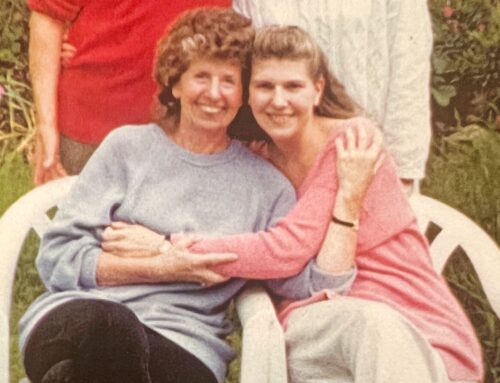Having expertise in conflict resolution and communication, you might think I notice conflict everywhere I go. In fact, it’s quite the opposite.
The more I share War to Peace® and listen to the experience of my workshop participants, the more I recognise that it’s really only a fraction of our interactions that cause us difficulties. The challenge is to stop those few difficult people from having a massive impact on our lives.
This following scenario is one I’ve heard many times in different forms from participants in my workshops; see if you can relate:
Think of the most annoying person you know
Let’s call him John from the marketing department. He has a way of winding you up quickly and efficiently, and your colleagues agree that he is extremely annoying. This morning you had a run in with him that felt like the final straw.
But if you’re really honest, you have also have fallen into a pattern every time you encounter John. You anticipate his behaviour and, whatever he does, you heap your feelings and assumptions onto the already large pile that you have built up around John’s actions. It could be that he only has to look at you the ‘wrong way’ to start you off.
Take John’s actions today – at this morning’s meeting – in isolation. Maybe he spoke a little loudly and interrupted you whilst you were speaking. If he had been a total stranger, would you have felt that tight, familiar knot of irritation so quickly in the pit of your stomach? Would you have cut off his conversation as swiftly as you did today?
What else might explain his or her actions?
What if you found out that John’s annoying ways were driven by a misguided attempt to impress you because in fact he is intimidated by you?
Or that he has an anxiety disorder and acts the way he does to compensate for his panicky feelings?
If you can break down the ‘thing’ that you have created around John’s behaviour with your assumptions and shared history, you will find that you are able to be your normal, at ease, un-triggered self much faster.
The lens through which we view behaviour changes what we see
When we are in conflict with someone, whether at work or in our personal lives, it is very easy (and very common) to assume that all the unreasonable behaviour comes from them and we are the innocent victims of their irritating ways.
 As we encounter the other person and their mannerisms again and again, we create mental threads of the things they do and say that wind us up. We weave stories and assumptions around these until we have made something quite substantial.
As we encounter the other person and their mannerisms again and again, we create mental threads of the things they do and say that wind us up. We weave stories and assumptions around these until we have made something quite substantial.
However, this ‘thing’ that we create is more of our making than the other person’s and affects the way that we behave when around them, often making the problem worse.
It’s a cycle of frustration that gets in the way of us feeling at ease.
Finding ease with conflict
One of the ways to break the cycle of frustration is to ask yourself ‘what else could this mean?’ (the ‘this’ being the thing they say or do that bothers you). When we find someone especially challenging, we often make the meaning very personal to us. We often believe the other person is doing things deliberately to annoy or antagonise us and we have tons of evidence to prove ourselves right.
The question is – would you rather stay being ‘right’ and harbouring all this malaise, or would you rather take your power back and be in control of how you are feeling and behaving around this person, no matter what they do?
Taking a different perspective
Another way is to imagine that a person you really like did the thing that this person does that bothers you so much. Consider how you would handle them. Oftentimes we find that we apply very different rules to different people – it would be okay if x did that thing but if y does it, we are all over them like a rash!
Each time we challenge our own perceptions about someone’s behaviour and consider them through a new lens, we are weakening the hold this person has over us and this gives us the power to break the cycle, and get back to being at ease – in other words, being our normal, un-triggered self. You’ll be amazed at how much easier life is when you are living it at ease and not beholden to other people’s behaviour.
Understanding why we get frustrated
As part of the War to Peace® workshop, we explore this cycle using my Relationship Clarity Tool (you can download it here) which illustrates this pattern well.
Person A acts or speaks in a certain way, which is then perceived by Person B as being annoying or rude, Person B then acts or speaks to Person A differently, causing Person B to perceive Person A in a negative light, affecting their thoughts and behaviour… and so it goes on in a cycle of disempowerment and discontentment.
The good news is that cycles like these can be broken. In this case, the very first step is to recognise the pattern and to focus on changing the part that’s within our control.
Over to you
In what ways can you recognise your own role in this downward spiral? What could you do to break the cycle?
Who do you know that could benefit from War to Peace®?
If you, or someone you know, could benefit from breaking the cycle of frustration, places on the War to Peace® workshops that anyone may attend can be booked here:
Pass it on!
Found this useful? Then please share this article using the icons below and do leave me a comment. Leave your name and email address at the top or bottom of this page to receive more articles like this.
©Chloe O’Sullivan
Photo by Abigail Keenan on Unsplash






Leave A Comment